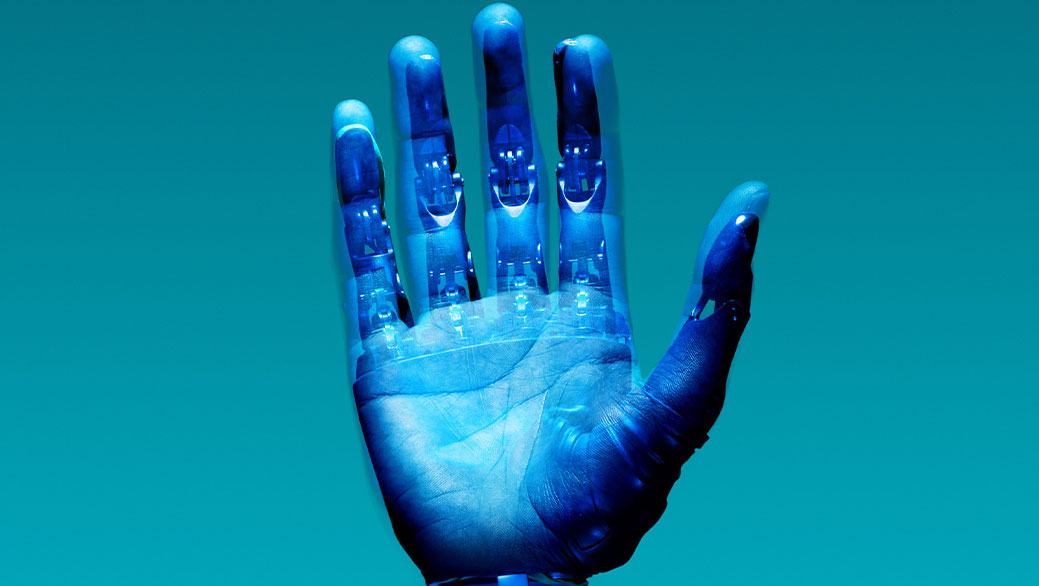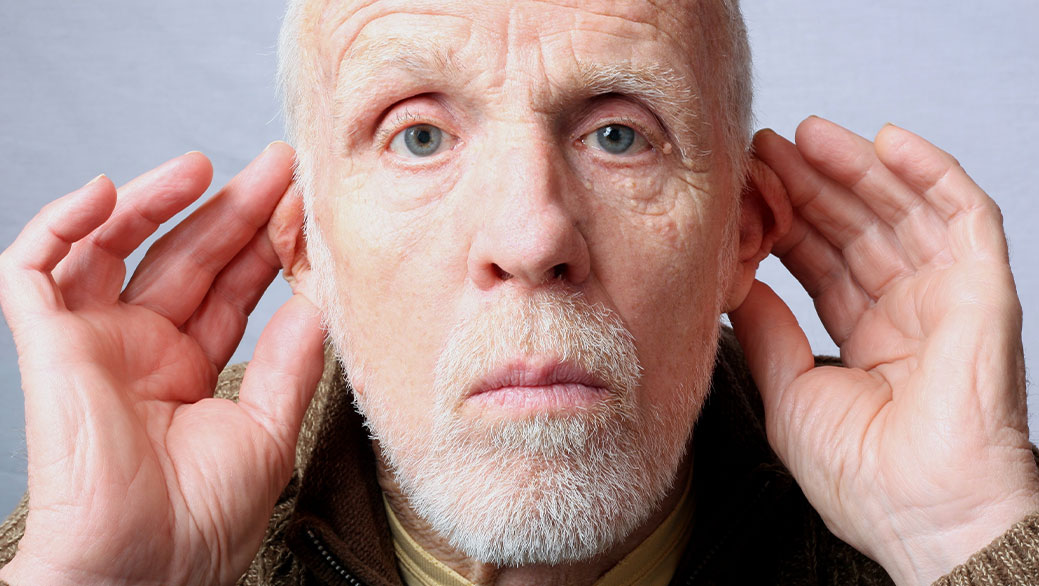Human Enhancement
Editing genes to have greater muscular capacity, modifying the digestive flora to make more efficient use of food, implanting chips to have night vision, using exoskeletons to increase carrying capacity, in short, all these interventions refer to the concept of Human Augmentation. A concept that addresses the convergence of multiple technologies and scientific advances aiming at augmenting our human capabilities beyond what is typical or average.
RECENT DEVELOPMENTS
Although the idea of transforming and/or enhancing our bodies is as old as our very existence, the concept of Human Augmentation as a field of study and as trend, is relatively new, and therefore, there is no agreed definition of the term. Nevertheless, the introduction of one of the many definitions should help the readers understanding the terrain we are about to enter: “any kind of genetic, biomedical, or pharmaceutical intervention aimed at improving human dispositions, capacities, or well-being, even if there is not pathology to be treated” [1].
Although human enhancement is an emerging field, it is already a growing field. Since the areas of intervention of these technologies, as well as their objectives are varied, it has been necessary to define subcategories of human enhancement as follows:
1. Cognitive enhancements are interventions that improve cognitive abilities.
2. Affective enhancements are interventions that improve and/or provide greater control over human affect.
3. Moral enhancements are interventions that positively modulate or alter a human being’s moral disposition, either by changing his or her actions or otherwise.
4. Physical enhancements are interventions that improve or introduce new physical abilities.
5. Cosmetic enhancements are interventions that improve a human being’s cosmetic features.
6. Longevity enhancements are interventions that prolong the life of a human being.
Interventions for human enhancement can occur in different ways. For example, by biomedical or pharmaceutical means, by machine-based augmentation, or by genetic interventions. Invasive medical procedures may include the installation or administration of technologies, such as deep brain stimulation (DBS). Pharmaceutical interventions may include the use of pills or injections
that result in enhanced capabilities. Nanotechnology may eventually become a mechanism for human enhancement.
Advanced prosthetics or brain-computer interface (BCI) devices are known as machine-based augmentation. Although today some advanced prostheses require surgical installation, it is increasingly possible that prosthetic devices may not have to be installed.
Wearable devices and software that produce enhancements also fall into the category of machine-based augmentations. Last, genetic interventions are considered by some to be one of the most promising fields for the development of Human Enhancement.
IMPLICATIONS FOR THE HEALTH INDUSTRY
Today, the field of human enhancement remains a visionary field and in many cases its progress has been slow, probably due to scientific and technological challenges.
Nevertheless, genomics, AI and robotics are at more advanced stages of development. Even so, the barriers to the advancement of human augmentation are not only technological; a major challenge is the approval of devices and procedures for this purpose, since most of the regulations on this type of research are oriented toward the development of treatments.
The use of physical enhancements for performance has been highly regulated due to their inappropriate use in in professional sports, where the use of HET is often considered cheating. Part of the moral debate about HETs has revolved around the issue of cheating or, more broadly, fair use. These issues can have a negative impact on the desirability of developing physical enhancements.
The development of enhancements for the military may elicit similar social disapproval.
Since many of the potential HETs could be used by the military, these concerns could affect a large swath of potential research projects.
Ultimately, it seems unlikely that research centers will be able to receive the necessary funding for research on nontherapeutic enhancements. It will probably be necessary to introduce regulatory policies for human enhancement, whether by government agencies or another entity, to guide such efforts.
Despite these barriers, the potential societal impact of Human Enhancement Technologies in the near future is immense, both positive and negative.
negative. For example, if the use of HE becomes widespread in a society, the result could be a lateral increase in the standard, or baseline, human capacity in that society.
Attempts to maintain or further improve the new baseline could result in increased reliance on the technology in that society, which may exacerbate risks due to the possibility of technological failure.
In addition, individuals may use improvements to gain a competitive advantage, or edge, over unimproved competitors in many environments, such as the workplace, education, or professional sports.
MICROTRENDS
The sixth finger
Normally thought as substitutes, artificial body parts enable people who are born without a leg or lost an arm in an accident, to recover the functionalities of those limbs.
But body augmentation doesn´t need to be limited to the parts humans are usually born with: perhaps in the future it could be commonplace for people to strap on additional parts, perhaps a third mind-controlled arm, or maybe two extra hands and a tail.
Under this premise, Yoichi Miyawaki, a professor at the University of Electro-Communications in Japan, together with a group of researchers, is developing a sixth finger. The idea of this development is to understand the response and functionality of the brain when new elements are plugged into the human body.

Augmented senses
David Eagleman, a neuroscientist and professor at Stanford, describes the brain’s inability to distinguish between signals from the ears, eyes or touch. To the brain, they are all perceived as electrical signals, and it is difficult to distinguish between visual, auditory or kinesthetic signals.
This finding allows researchers to play with our senses, and according to Eagleman, in the near future we will be able to introduce new types of data streams into the brain. This could be done in two ways: by directly inserting electrodes into the brain or by using noninvasive methods.
This is precisely the principle used by Eagleman and his company NeoSensory to develop wristbands and vests that translate data such as image and sound into vibrations.

Cionic, the neural sleeve
Millions of people have difficulty walking due to stroke, multiple sclerosis (MS) or other neurological disorders. These diseases affect effective communication between the brain and limbs, resulting in limitations of movement and gait. A wearable artificial intelligence-based device that electrically stimulates leg muscles is helping people with mobility problems walk faster, longer and with less pain, and is changing their outlook on life.
The neural sleeve, developed by startup cionic is a flexible, lightweight device that wraps around a person’s upper and lower leg. Hidden inside the sleeve is a system of sensors and electrodes that communicate with an artificial intelligence-based application.
These sensors monitor the position of the leg and the activation of each of its muscles. The application analyzes that data to predict a person’s intention to take a step 1/10 of a second before his or her foot leaves the ground. It then instructs the electrodes to stimulate the right muscles at the right time to promote a natural gait.

SOURCES
INFORMATION
SIENNA D3.1: State-of-the-art Review: Human Enhancement. Sean R. Jensen; Saskia Nagel; Philip Brey; Tanne Ditzel; Rowena Rodrigues; Stearns Broadhead; David Wright. SEINNA, 2018
Human augmentation: Past, present and future. Roope Raisamo⁎, Ismo Rakkolainen, Päivi Majaranta, Katri Salminen, Jussi Rantala, Ahmed Farooq
Lightweight bionic zaps muscles to help you walk longer, faster
CIONIC: superpowering the human body
PICTURES
Main Picture: Unsplash
Microtrend 1: Unsplash
Microtrend 2: Unsplash
Microtrend 3: cionic.com

